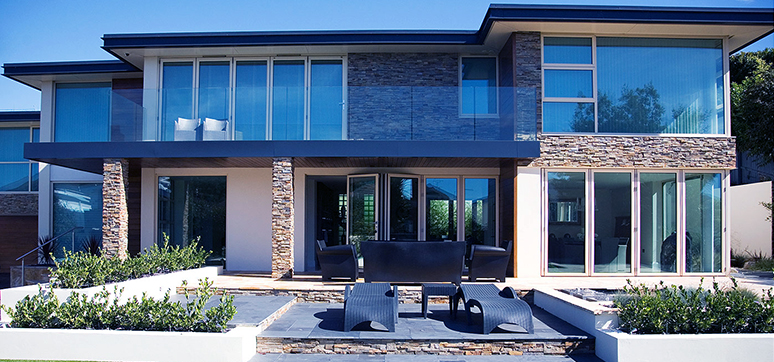
Exploring the Strength and Functionality of Exterior Structural Walls
February 26, 2024Exterior structural walls play a crucial role in the overall stability, strength, and functionality of a building. These walls are designed to withstand various external forces, provide support to the structure, and ensure the safety and comfort of its occupants. In this blog post, we will delve into the intricacies of exterior structural walls, exploring their purpose, construction, materials, and the importance of their design in modern architecture.
- Understanding the Purpose of Exterior Structural Walls:
Exterior structural walls serve as the primary load-bearing elements of a building, transferring the weight of the structure to the foundation. They provide resistance against gravity, wind, seismic forces, and other external pressures. These walls also act as a barrier, protecting the interior from weather conditions, noise, and unwanted intrusions. - Construction Techniques and Materials:
The construction of exterior structural walls involves careful planning, engineering, and the use of appropriate materials. Common construction techniques include reinforced concrete walls, masonry walls, and steel-framed walls. Each technique offers unique advantages in terms of strength, durability, and design flexibility. The choice of materials, such as concrete, brick, stone, or steel, depends on factors like the building’s location, climate, and architectural style. - Design Considerations for Optimal Performance:
To ensure the optimal performance of exterior structural walls, architects and engineers consider several factors during the design phase. These include load calculations, wind and seismic forces, thermal insulation, moisture control, and fire resistance. Advanced computer simulations and modeling techniques are often employed to analyze the structural integrity and behavior of these walls under different conditions. - Innovations in Exterior Structural Wall Design:
With advancements in technology and architectural practices, exterior structural wall design has witnessed significant innovations. These include the integration of sustainable materials, such as recycled steel and eco-friendly concrete, to reduce environmental impact. Additionally, the incorporation of energy-efficient features like insulation systems and solar panels enhances the overall performance and sustainability of the building. - The Future of Exterior Structural Walls:
As the construction industry continues to evolve, the future of exterior structural walls holds exciting possibilities. Emerging technologies, such as 3D printing and modular construction, offer faster and more cost-effective methods of constructing these walls. Furthermore, the integration of smart building systems and sensors can enhance the monitoring and maintenance of structural integrity, ensuring long-term safety and efficiency.
Conclusion:
Exterior structural walls are the backbone of any building, providing strength, stability, and protection. Understanding their purpose, construction techniques, and design considerations is essential for architects, engineers, and anyone involved in the construction industry. By embracing innovative materials and technologies, we can create buildings that are not only aesthetically pleasing but also structurally sound, sustainable, and resilient to external forces.